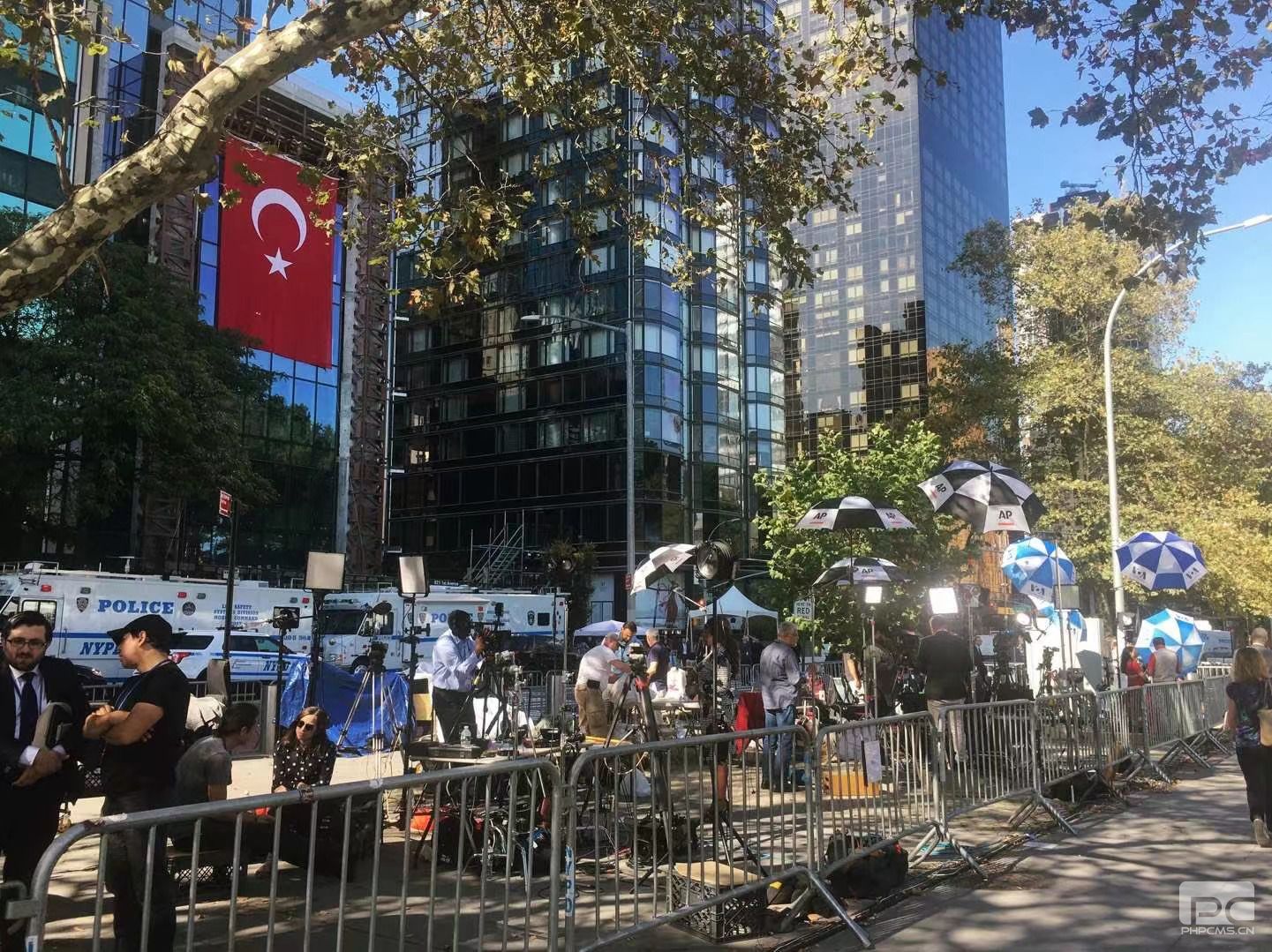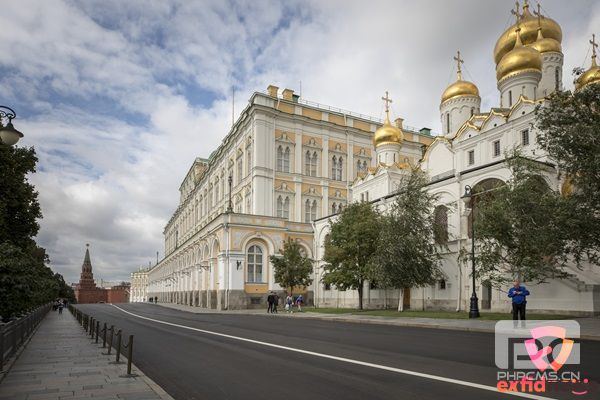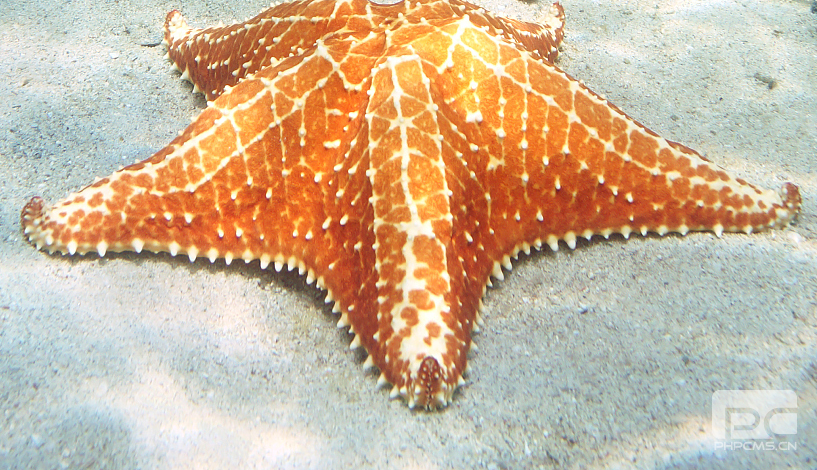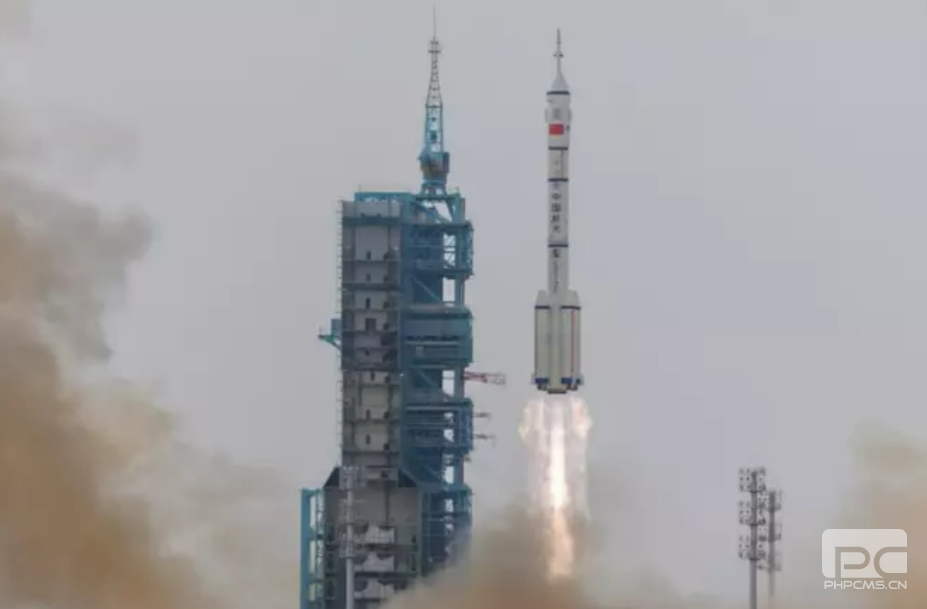November 14, 2023 - In the ancient city of Hattusa, located in Turkey's Çorum province, archaeologists have unearthed an astonishing 2,800-year-old ivory-decorated piece and discovered a previously unknown Indo-European language. These groundbreaking findings are shedding new light on the rich history and cultural diversity of the Hittite Empire's ancient capital.
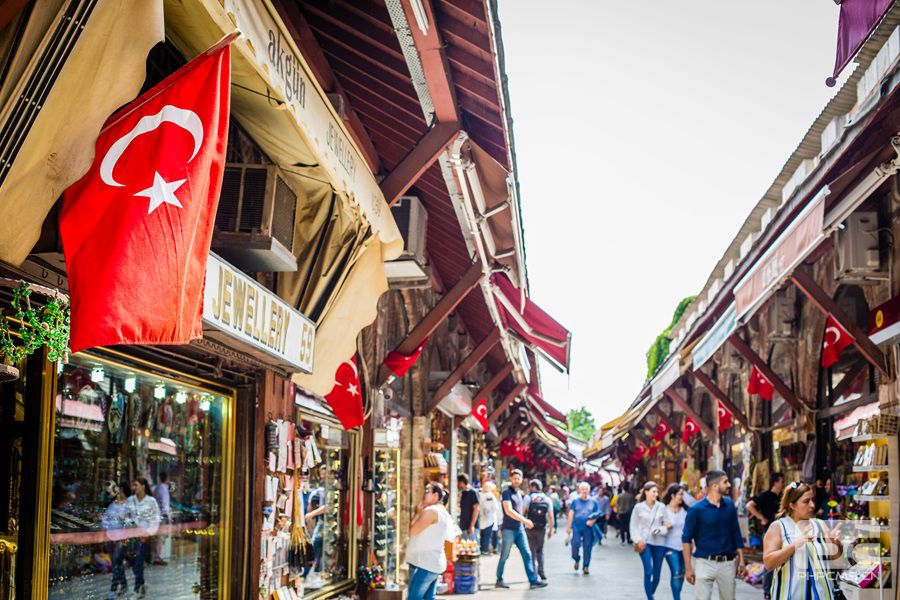
A Glimpse into Artistic Mastery: The Ivory Artifact
During the 117th year of ongoing excavations at Hattusa, led by Professor Andreas Schachner of the German Archaeological Institute, a remarkable ivory piece was discovered on the northwest slope of the Great Fortress area. Measuring about 30 centimeters in length and 10 centimeters in width, the artifact features intricately crafted figures of a sphinx, a lion, and two Tree of Life motifs set against a shimmering background. This unique find, still being studied, is believed to have once adorned a wooden box or furniture, revealing insights into the artistic structure of the Iron Age.
Hattusa: A UNESCO-Listed Site of World Heritage and Memory
Hattusa, recognized by UNESCO for its cuneiform tablet archives containing the oldest known Indo-European language, holds the distinction of being listed both as a World Heritage site and in the "Memory of the World List." These accolades underscore the city's historical importance as the Hittite capital dating back to around 2000 BC.
Unveiling a New Language: The Cuneiform Discovery
In a parallel significant discovery, a team led by epigraphist Daniel Schwemer from the University of Wurzburg has identified a new language in a ritual text inscribed on a tablet. The language, termed as a version of "Kalashma," adds a new dimension to our understanding of the linguistic landscape in Late Bronze Age Anatolia. The Hittite Empire, known for its rich collection of nearly 30,000 clay tablets, continues to offer invaluable insights into its history, society, economy, and religious traditions.
The discovery of this mysterious language, sharing traits with Luwian but distinct in its own right, highlights the diversity of languages in the Hittite empire. According to Professor Elisabeth Rieken, an expert in ancient Anatolian languages, further research is essential to determine its relationship with other dialects of the time.
As these excavations continue to unfold the layers of history, they not only enrich our knowledge of the past but also remind us of the complexities and interconnectedness of ancient civilizations. The Hattusa findings, particularly the ivory artifact and the newly discovered language, are testaments to the ingenuity and cultural richness of the Hittite Empire.

A Glimpse into Artistic Mastery: The Ivory Artifact
During the 117th year of ongoing excavations at Hattusa, led by Professor Andreas Schachner of the German Archaeological Institute, a remarkable ivory piece was discovered on the northwest slope of the Great Fortress area. Measuring about 30 centimeters in length and 10 centimeters in width, the artifact features intricately crafted figures of a sphinx, a lion, and two Tree of Life motifs set against a shimmering background. This unique find, still being studied, is believed to have once adorned a wooden box or furniture, revealing insights into the artistic structure of the Iron Age.
Hattusa: A UNESCO-Listed Site of World Heritage and Memory
Hattusa, recognized by UNESCO for its cuneiform tablet archives containing the oldest known Indo-European language, holds the distinction of being listed both as a World Heritage site and in the "Memory of the World List." These accolades underscore the city's historical importance as the Hittite capital dating back to around 2000 BC.
Unveiling a New Language: The Cuneiform Discovery
In a parallel significant discovery, a team led by epigraphist Daniel Schwemer from the University of Wurzburg has identified a new language in a ritual text inscribed on a tablet. The language, termed as a version of "Kalashma," adds a new dimension to our understanding of the linguistic landscape in Late Bronze Age Anatolia. The Hittite Empire, known for its rich collection of nearly 30,000 clay tablets, continues to offer invaluable insights into its history, society, economy, and religious traditions.
The discovery of this mysterious language, sharing traits with Luwian but distinct in its own right, highlights the diversity of languages in the Hittite empire. According to Professor Elisabeth Rieken, an expert in ancient Anatolian languages, further research is essential to determine its relationship with other dialects of the time.
As these excavations continue to unfold the layers of history, they not only enrich our knowledge of the past but also remind us of the complexities and interconnectedness of ancient civilizations. The Hattusa findings, particularly the ivory artifact and the newly discovered language, are testaments to the ingenuity and cultural richness of the Hittite Empire.




Copyright © 2023.Yooke studio All rights reserved.
PKWEEKLY NEWS

